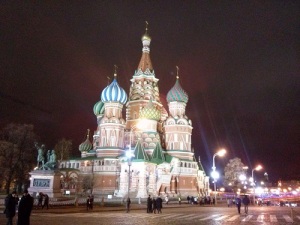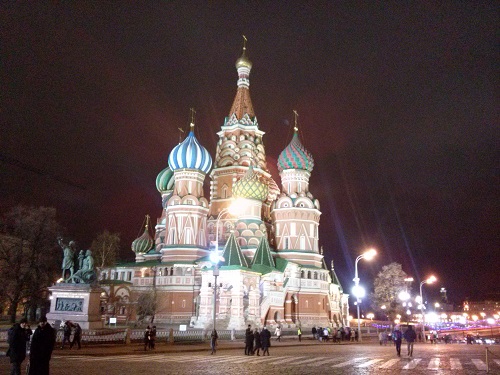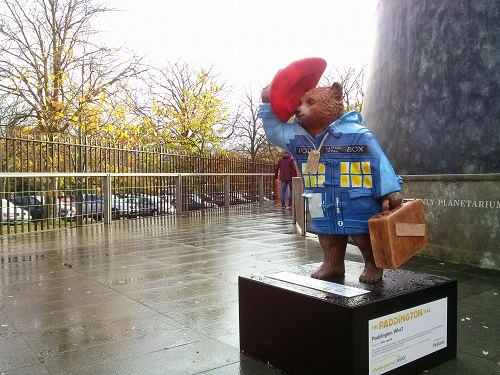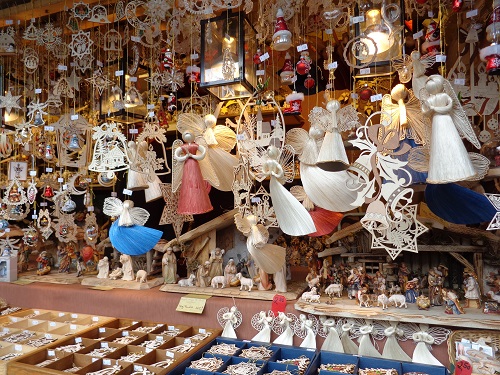
I’ve just spent a week in Moscow. Average temperature throughout hovered around -6, the air was super crisp and every breath I took was a steam of confirmation that this was indeed winter.
And I loved it.
“It’s not the coldest yet!” Said a writer friend in an email to me, when I described how I have been enjoying the refreshed feeling I get each morning walking from the hotel to the office. “Around January and February it generally drops to between -20 and -40”.
(For reference, I am using Celcius)

I spent every minute of my time outside the office checking out this city that has seen Russia transform through its political history, in and out of tourist areas, testing the limits of its public transport. I toured the Red Square, happened upon the change of guards at the war memorial, went inside the Kremlin (which is a word that means a a city within walls – a citadel), walked through pedestrian paths both above and underground and ate and drank like Russians (which, as expected, involved a lot of vodka).
I found Moscow to be like an onion, as there are many layers to the city from different perspectives. This is a city of glamour, where buildings are grand and the churches and cathedrals extravagant. Its shopping centres modern and extremely high class (and expensive) and cafes and restaurants trendy.

During my visit, I found a city centre that was ‘happening’ where the population, despite the cold, visiting the drinking and dining scene, always smartly dressed (once again, despite the cold!) in and out of social establishments each night as if it was always a weekend tomorrow.
On the surface, Moscow was the place to be, for the rich and wealthy and at the same time, for the poor, for the next layer down were the street vendors and beggars, those who do not have the luxury to frequent bars and restaurants but must patrol the streets in attempt to make a few Roubles to take home.


Every building and infrastructure in Moscow seem to have been made to impress. From the Red Square and the colourful St Basil’s Cathedral, to the hotels’ exquisite interiors, there really isn’t anything that was short of ‘attention seeking’.
Even the underground Metro stations.

Going under the physical layers of Moscow involves a plight through the maze-like underground pedestrian walkways that eventually lead to a Metro station. Pass the ticket gates and down the steep escalators will land you on a platform where the efficient metro system can take you anywhere in the city. With a train every 2 mins its efficiency out-weighs the London tube and the German train system, except that’s not its main attraction. If you do get to visit Moscow, have a look around the platforms itself, you’ll find each themed to showcase the glory of the Soviet Union with chandeliers, statues, paintings and carvings, like an underground museum linked by its passing trains.

Yes, the Soviet Union may have preferred to spend money on the decorations of their Metro stations rather than to feed its own people, sure the glamorous stations come with stories of hardship and famine, but for today’s residents and visitors, they really are the world’s most beautiful underground stations.
Of course, peeling away the layers there are parts of Moscow that are remnants of a suppressed past (and to some, still current) however that’s another discussion, at another forum, for another time.


 Bear hunting in London! Follow the Paddington trail
Bear hunting in London! Follow the Paddington trail
Share your thoughts below!